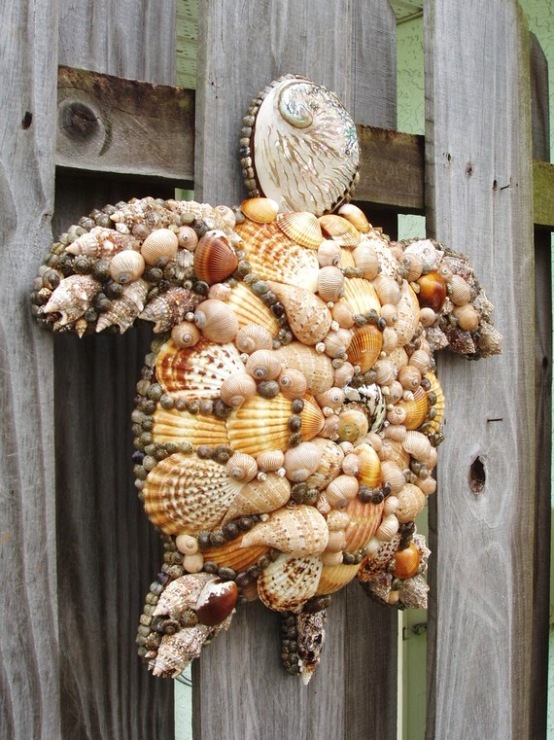Table of Content
Show students images of satellites from the materials list or from NASAʼs Eyes on the Solar System. Explore different satellites, what they do and what they look like. Note that satellites orbit or fly by an object, but they are not designed to land. Each instrument is designed, tested and assembled by different teams of engineers and scientists. The instrument teams must work with the main satellite design team to ensure instruments are the right mass, fit correctly and sustain environmental testing. Are often used for spacecraft at Mars because Mars is close enough to the Sun to make solar collection efficient.
One end of each plug will have a bolt hole in it. Flip the plugs, so the openings face toward you rather than the wall. Find a level place that is accessible if you need to clean off or adjust the satellite dish later. If you have space, the safest place for a satellite dish is on the ground.
How to Keep Snow Off Satellite Dish?
All you need to do is to get a can of cooking spray and simply pulverize it all over the satellite dish surface generously. And yes, it is recommended that you spray one whole can of vegetable oil! But don’t worry, the oil will not cause any damage to the equipment. Also, we will tell you how to remove excess snow from the surface of the satellite dish and what can happen if you leave snow unattended. And besides, it will ensure that the TV image and sound will be at their best. Connect the adjustment panel on the dish to the wall mount.
The main technique requires serving the brioche right away and works best if you’re making just one to four at a time simultaneously. Assess students’ prior knowledge by asking them what a satellite is, what satellites look like, what they do and what we use them for. Encourage students to sketch their initial design ideas in their engineering journals. Granville also worked on projects for the Apollo program, which included celestial mechanics, trajectory computation, and “digital computer techniques”.
Tesla says its self-driving technology may be a ‘failure’ — but not fraud
Receive a satellite signal by pointing the dish up to the sky. With proper wiring, you can then transfer the signal to a receiver and your TV. DIRECTV professional installers pick the best location to set up your satellite dish.

The LNB can sometimes be controlled by turning a mount part on the back of the dish left or right. Adjusting the elevation is usually pretty easy because of the labeled slot. Moving the bolt along the slot raises or lowers the dish. Have a compass handy and locate true north first. Then, look at the azimuth number and find where that is on the compass.
Positioning the Dish
Remember to put a metal washer and locking nut on the ends of the bolts to ensure they can't come loose. If the mount wobbles when you touch it, try tightening the bolts a little more. If you're sure they are in correctly, take them out and recheck the plugs. The opposite ends of each plug will look like a split tail. When you bolt the wall mount in place, the tails open up, making the plugs harder to remove. Check for any obstructions blocking the dish's view of the sky.
Examine the end of the mount where it connects to the dish. You will see a bolt inside a slot labeled by degrees, usually 10 to 60. Loosen the bolt by twisting it counterclockwise, then reposition the dish to the proper elevation. Type in your address and choose a satellite you wish to connect to.
Give the chisel's handle a couple of good whacks to push the bolt into the wall. Keep hammering until the bolt is flush with the wall. Then, repeat this with the remaining bolts.Make sure the bolts are level with the wall, or else the dish's mount won't anchor properly. Create the pilot holes using a drill bit the same size as the mounting bolts. Use a masonry drill bit to break through stone and other rigid surfaces without damaging your drill.

It will have plenty of room to point north or south, depending on where you live. Also, keep the dish away from falling snow or ice, such as from your roof or nearby trees. Use a poorly-built simple model of a satellite that will suffer some damage during the shake test. In order to encourage student design, do not use a fully built satellite model. Instead, consider using a model that has only one component attached, such as the solar panels. Shake the satellite model by moving it rapidly back and forth over a distance of 15 cm.
Rather if you have Dish, AT&T, or cable and you are planning on getting satellite service for your home, you don't need to call a professional installer. Even if you don't have much construction experience, you can set up a satellite dish. Once you find an exact spot for your dish, mount it in place.

For this activity, students will simulate vibration testing only. Be inspired by American mathematician Evelyn Boyd Granville and build a satellite at home or in the classroom. Satellites are communication devices that orbit the earth, and receive and send information from the earth. All you need are a few simple supplies to make this engineering project.
If all your windows are surrounded by obstructions it may be best to seek an alternative TV source, such as cable. You can open the signal strength menu on your TV to see the proper coordinates. This includes azimuth , skew and elevation , for your location. This ensures that your dish can connect to the network. If you're installing the satellite on the ground, dig a trench to bury the cable, so it doesn't get damaged. It needs to be below the frost line, the lowest point that freezes in winter, which is about 3 in (7.6 cm) deep.
This lesson focuses on satellites, orbiting observatories that provide global context and inform future lander and rover missions. Satellites carry instruments (sometimes called “detectors,” “probes,” or “sensors”) to make their observations. Satellite instruments can provide detailed maps and images of surface features that help engineers and scientists decide where to land the next rover or lander. From such a sheet, you can make a homemade plate with a diameter of 80 mm.
Do-it-yourself satellite dish at home from a thin metal sheet
Daniel Stoescu is a Master Electrician and the Owner and Operator of Home Tech Solutions, LLC in Hampton, Virginia. With over a decade of experience, Daniel specializes in wiring residential, commercial, and light industrial structures. The Home Tech Solutions team has over four decades of combined experience and offers comprehensive solutions for residential electrical needs. If the satellite dish's cable is exposed, put furniture and other decorations in front of it.
These components prevent the bolts from coming back out of the wall. Slide the washers on first, which are flat metal disks that help the nuts work properly. Then, add the nuts and turn them clockwise with a wrench until they feel tight and no longer move.Be careful not to overtighten the nuts. Stop twisting them when they become hard to move. As long as they are not loose, the mount will also stay in place. Bring the class back together to present satellite models and findings from environmental tests.

No comments:
Post a Comment